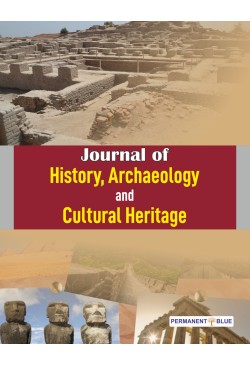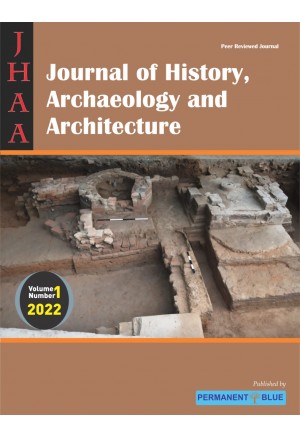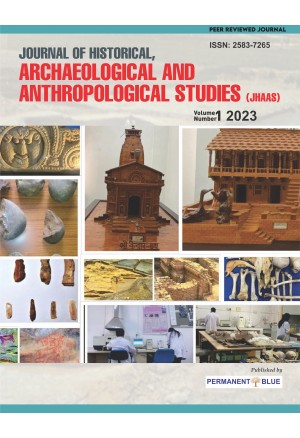This paper presents a comprehensive analysis of a rare bone objectrecovered at the recent excavation held at the site of Kaserua Khera in the Palwal District of Haryana. As indicated by the title, the investigation will center on a distinctive bone object, distinguished for its uniqueness and rarity, retrieved from the level associated with the painted grey ware culture. The research will encompass a deep examination, comparative analysis, and an ethnographic study, aiming to raise additional insights into this specific object. Such an approach promises to unveil valuable information regarding its utilization and the cultural practices prevalent during that period.
Keywords: Bone object, Painted Grey Ware Culture, encircled points, Harappan culture, Mother Goddesses, local deity, Sitala-devi, Palwal District.
Gunjan K. Srivastava & Edith Dawa (2024). Unveiling the Enigma: Analysis of a Rare Bone Object Recovered from the PGW Level in excavation at Kaserwa Khera District Palwal, Haryana (2022-23). Journal of History, Archaeology and Cultural Heritage, 1: 2, pp. 83-88.



